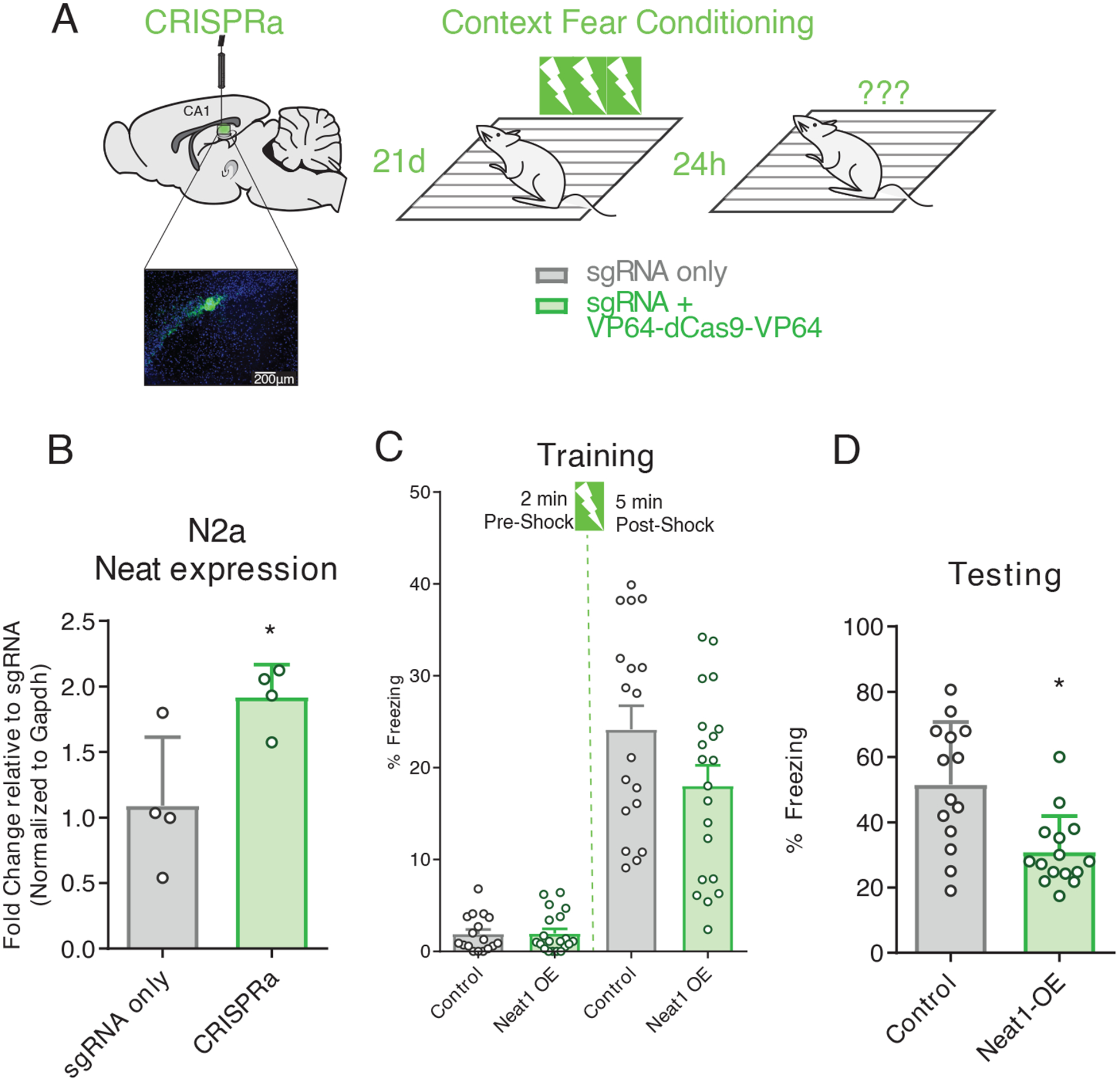Figure 7. Mimicking age-related Neat1 overexpression using CRISPRa impairs hippocampal memory formation.

(A) Graphic depiction CRISPRa system infusion into hippocampal area CA1, with visualization of hippocampal expression of EGFP fluorescent marker, and three shock-pairing contextual fear conditioning paradigm. Briefly, male C57BL/6 mice (3- to 7-month-old) were trained 21 days after bilateral infusion of either sgRNA plasmid alone or co-delivered with a transcription-activating dCas9-effector protein and tested 24 hours after training. (B) Confirmation of efficacy of CRISPRa system to upregulate Neat1 expression in murine N2a cells (Student’s t-test: n = 4, p = 0.0283). (C) Freezing behavior of mice described in (A) as a percent of time during the training phase of the contextual fear conditioning paradigm. No significant difference detected for either the pre- or post-shock epochs; data are means ± SEM from n = 18 mice, assessed by Student’s t-test. (D)) Freezing behavior of mice described in (A) as a percent of time during the testing phase of the contextual fear conditioning paradigm. Data are means ± SEM from n = 18 mice, *p = 0.450 assessed by Student’s t-test.
